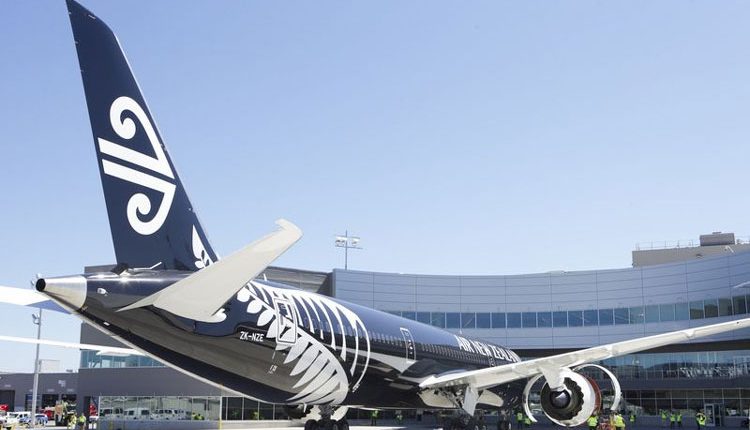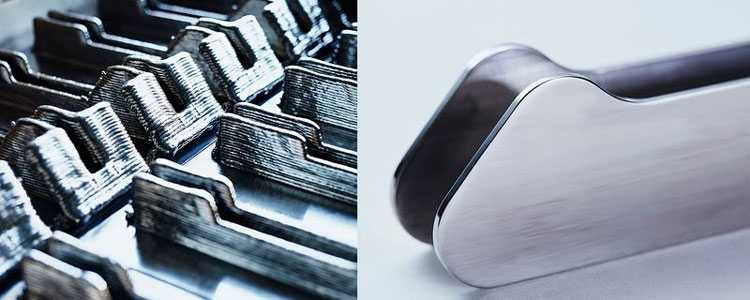3D printed titanium airplane parts first to be approved by FAA
Although 3D printing may not have taken off like originally thought, the technology behind it will continue to find a place in the world of industrial manufacturing.
Reuters reports that Boeing will start using 3D printed titanium parts in the construction of its 787 Dreamliner jet airliner, and this will be the first 3D printed structural components to be approved by the Federal Aviation Authority, manufacturer Norsk Titanium said. This could eventually save Boeing up to $3m in construction costs on each jet built.
These cost savings are important for Boeing, which lost money on each 787 built until last year. This is quite normal for commercial jet programs, which sink a lot of money into initial research and engineering, before trimming expenses by making the manufacturing process more efficient. Production of the Dreamliner only became profitable in 2016 after Boeing racked up some $29bn in losses.
The 787 is particularly worrying cost-wise due to its extensive use of titanium. This metal alloy is strong, lightweight, and helps to keep the plane fuel efficient, but costs seven times more than aluminum, which is commonly used in commercial jets.
As of 2015, Boeing lost $30m on the cost of each $265m Dreamliner, with titanium parts accounting for $17m of the overall price tag.
3D printing helps to bring these costs down. Norsk has developed its own technology for creating titanium parts, using a technique named Rapid Plasma Deposition or RPD, in which titanium wire is melted in a cloud of argon gas to create each part.
The process cuts down on both raw material costs and energy usage compared to traditional forging and machining, said Norsk, which makes each jet cheaper to build.
Boeing is no stranger to using 3D printed parts – it’s previously deployed them in jet engines and its space taxis – but Norsk said its products are the first approved by the FAA as structural, load-bearing components.
Later this year, the company expects to get its entire manufacturing process approved, rather than each individual part, allowing it to produce even more parts for Boeing and other firms.
Chip Yates, Norsk Titanium’s Vice President of marketing commented that this will ‘open up the floodgates’ for 3D printed titanium in commercial jets.



Comments are closed, but trackbacks and pingbacks are open.